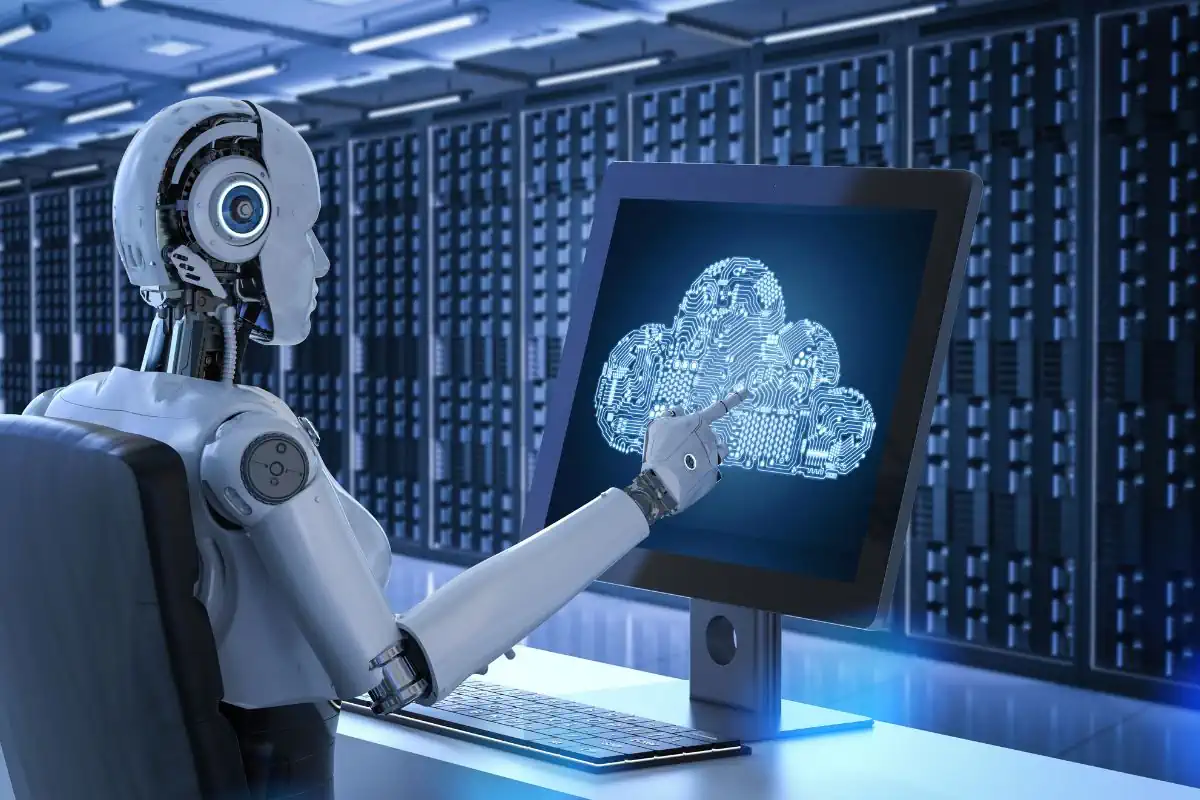
Introduction
Robotic technology has rapidly evolved in recent years, providing numerous benefits to society. However, with the introduction of small video recording devices, growing ethical and social concerns need to be addressed. From job displacement to privacy concerns, the impact of these devices on our daily lives cannot be overlooked.
This article will explore robotic technology’s five ethical and social impacts, focusing on using small video recording devices and how they affect our society.
1. Job Displacement in Robotic Technology
With the rise of robotic technology, there is growing concern about job displacement. Many people worry that robots will take over jobs previously done by humans, leaving them unemployed. However, the impact of robotic technology on the workforce is a complex issue that requires a more nuanced understanding. The following are a couple of essential factors to consider:
a. The potential for job creation: While robots may replace some jobs, they also have the potential to create new ones. As robotic technology advances, new roles like robotics engineering and programming will,l emerge.
b. The need for upskilling and reskilling: Ensure workers can take advantage of new job opportunities; there is a need for upskilling and reskilling programs. These programs can help workers transition to new roles and develop the skills to work alongside robots.
c. The importance of policy: Governments and businesses must develop policies to manage the transition to a more automated workforce. These policies aim to protect workers, support those affected by job displacement, and ensure a fair distribution of the benefits of robotic technology.
While job displacement is a genuine concern, it is essential to consider the potential benefits of robotic technology and take steps to mitigate any negative impacts on the workforce.
2. Income Inequality: A Growing Concern in the Age of Robotic Technology
The use of robotic technology is having a significant impact on income inequality, with some individuals benefiting more than others.
The following are a couple of essential factors to consider:
a. Skilled vs. unskilled workers: Robotic technology benefits skilled workers who can work alongside robots, while automation often replaces unskilled workers.
b. Wealth concentration: As companies adopt more robotic technology, profits tend to concentrate in a few wealthy individuals’ hands, reducing workers’ bargaining power and exacerbating income inequality.
It is further exacerbating income inequality.
c. Access to education: The increasing use of robotic technology highlights the importance of education in developing the skills needed to work alongside robots and benefit from the technology.
Doing so can mitigate income inequality, and individuals from all walks of life can benefit from technological advancements.
3. Privacy Concerns in Robotic Technology
As we increasingly rely on robotic technology to connect with others, there is a growing concern about the potential for social isolation.
There are several central issues to consider:
a. Reduced face-to-face interaction: With the rise of online communication platforms, there is a risk of reduced face-to-face interaction with others. It could lead to a lack of social skills and difficulty building meaningful relationships.
b. Dependence on technology: There is also a risk that individuals become overly dependent on technology for social interaction, leading to a lack of diversity in social relationships and potentially harmful effects on mental health.
c. Limited access to technology: There is a risk that the benefits of robotic technology may not be equally accessible to all, leading to a digital divide where some individuals are more socially isolated than others due to a lack of access to technology.
As the use of robotic technology increases, it is essential to balance the benefits with the potential negative impact on social interaction and human relationships.
It is crucial to consider the psychological and emotional well-being of individuals and communities, particularly those more vulnerable to social isolation.
5. Safety Concerns in Robotic Technology
As the use of robotic technology becomes more prevalent in various industries, there is a growing concern about its safety implications.
The following are a couple of essential factors to consider:
a. Cybersecurity: With the increase in connected devices, there is a risk of cyber attacks that can compromise the safety of robotic technology. It includes the possibility of hackers gaining control of robots or other automated systems.
b. Physical safety: There is also a risk of physical harm to humans due to malfunctioning robots or lack of safety features in robotic technology. It could include accidents in manufacturing plants or injuries caused by robotic devices in healthcare settings.
c. Ethical concerns: The use of robotic technology raises ethical questions related to the safety and well-being of humans, such as using autonomous weapons or using robots in industries that could replace human labour.
As robotic technology continues to expand, addressing safety and security concerns is essential. It includes implementing secure software and hardware, regular maintenance, and training individuals in the safe use and operation of the technology.
Conclusion
As robotic technology advances, it is essential to consider its potential ethical and social impacts on our lives. Several concerns must be addressed, from job displacement to bias and discrimination, to ensure this technology is used responsibly and equitably. By carefully considering these issues and taking proactive steps to manage them, we can work to create a future in which robotic technology is a force for good rather than a source of controversy and harm.